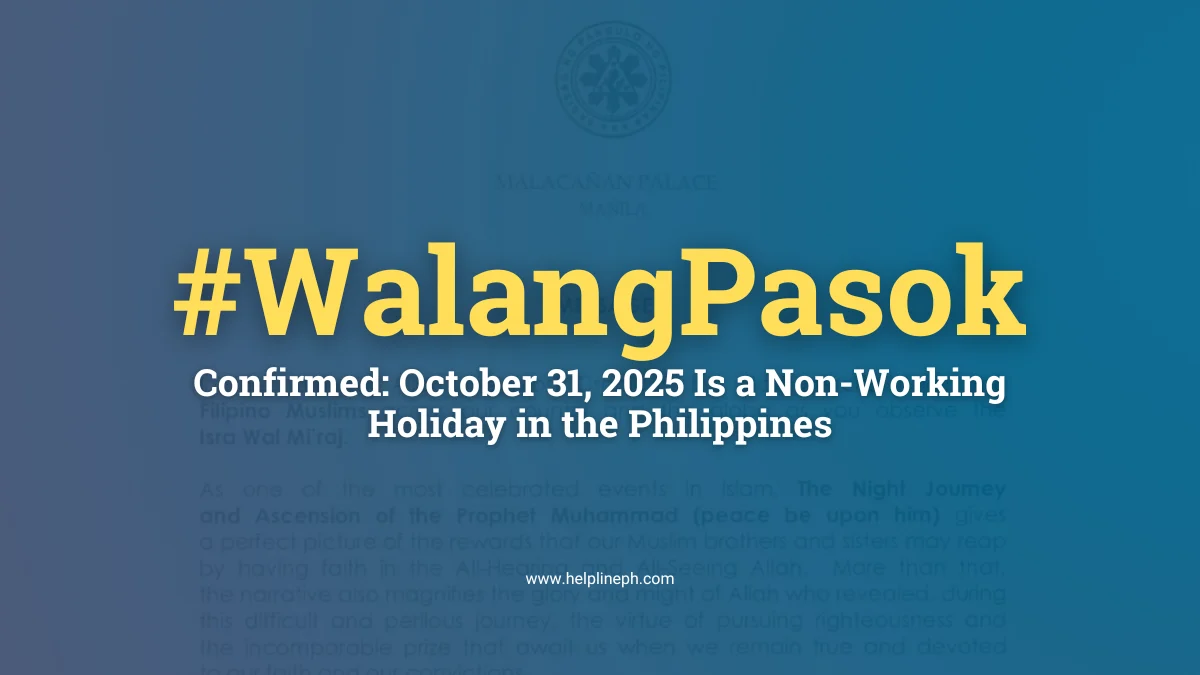The first phase of the government salary increase announced by President Ferdinand R. Marcos Jr. during his recent State of the Nation Address (SONA) will be implemented this year, starting retroactively from January 2024. This announcement marks the beginning of a four-part salary hike plan for government employees.
Details of the Salary Increase
In a press briefing held at the Palace on Thursday, Budget Secretary Amenah Pangandaman explained that the Department of Budget and Management (DBM) is working on an Executive Order that will provide the specifics of this salary increase. “As of now, we are perfecting the Executive Order. And we are hoping for the issuance of the Executive Order soon,” Pangandaman stated.
The planned salary increase is set to extend from 2025 to 2027. The DBM has allocated PHP70 billion in the 2025 National Expenditure Program to support the initial stages of this wage hike. Additionally, PHP36 billion has been reserved for Personnel Services expenditures in the 2024 General Appropriations Act (GAA) to prepare for the implementation of this increase. This proposal had previously been submitted to the President by the DBM.
Beneficiaries of the Salary Hike
The salary increase is anticipated to benefit a wide range of government workers. This includes approximately 165,007 sub-professionals, 1,170,647 professionals (such as teachers and lawyers), and 22,640 personnel holding executive positions.
The last salary adjustment for government employees took place in 2023, marking the final phase of the Salary Standardization Law of 2019, which was initially introduced in 2020.
PHP7,000 Medical Allowance
In addition to the salary increase, Secretary Pangandaman announced that the government has set aside PHP9.6 billion for the medical allowance of its workers starting next year. Each government employee will receive a PHP7,000 annual medical allowance. This allowance serves as a subsidy to help cover Health Maintenance Organization (HMO) benefits or similar services.
Pangandaman highlighted that this annual medical allowance is designed to assist public employees in accessing various medical services, ensuring they are prepared for health-related emergencies. This initiative reflects the government’s commitment to improving the welfare of its workforce.
Conclusion
The upcoming wage hike and medical allowance mark significant steps in supporting government employees. These changes aim to improve the financial and health security of government workers across the country. With the implementation of these measures, the government hopes to address the needs of its employees and enhance their overall quality of life.






